I recently viewed a Japanese Kimono exhibit at the Chicago Art Institute and was absolutely amazed with the variety and changes in the this, the national dress of Japan, between the years of 1915-1940. Kimono actually means “A thing to wear.”
Have to admit my ignorance. To me, a kimono is a kimono is a kimono. Generally gorgeous fabric and big sleeves. T-shaped, straight-lined robes worn so that the hem falls to the ankle. Generally they are wrapped around the body, always with the left side over the right and secured by a sash called an obi.
The exhibit in the lower level galleries revealed the differences and delightfully so. And so many different styles within a 25 year period.
The first gallery presented gorgeous examples of traditional kimonos. Beautiful embroidery, designs that swoop from the swinging sleeves to the broad spaces of the front and back. Absolutely stunning. Intricate. Works of art. Oh, how I wanted to reach out and wiggle the fabric between my fingers.
My traveling companion and friend, Peggy, commented, “These garments make me think of vestments of Priests because they are meant to be part of rituals similar to those in Catholic church.” Interesting observation, don’t you think?
Then the next gallery included summer kimonos. It gets hot in Japan so the garments were made of wispy sheer fabrics, delicate patterns . Elegant and lovely.
What surprised me were the Art Deco style inspired kimonos. This was a period of art and decoration of the 1920s that I particularly enjoy. Who would have thought that this design trend–featuring specific design motifs would reach to Japan, so far away form France and the origin of Art Deco styling?
The last and largest gallery contained ready-to- wear kimonos. Japan had an earthquake in the 20s when many people’s homes and belongings were destroyed. They turned to manufactured garments to replace them. Some were quite interesting. And some seemed a little odd.
For example, this one with ships printed on it. Because a kimono is made from one long piece of fabric, some of the ships are upside down. A little disconcerting to me.
Others are gorgeous. The use of pattern and color are truly inspiring.
To read about a Kimono exhibit in Saugatuck, Mi, click here.

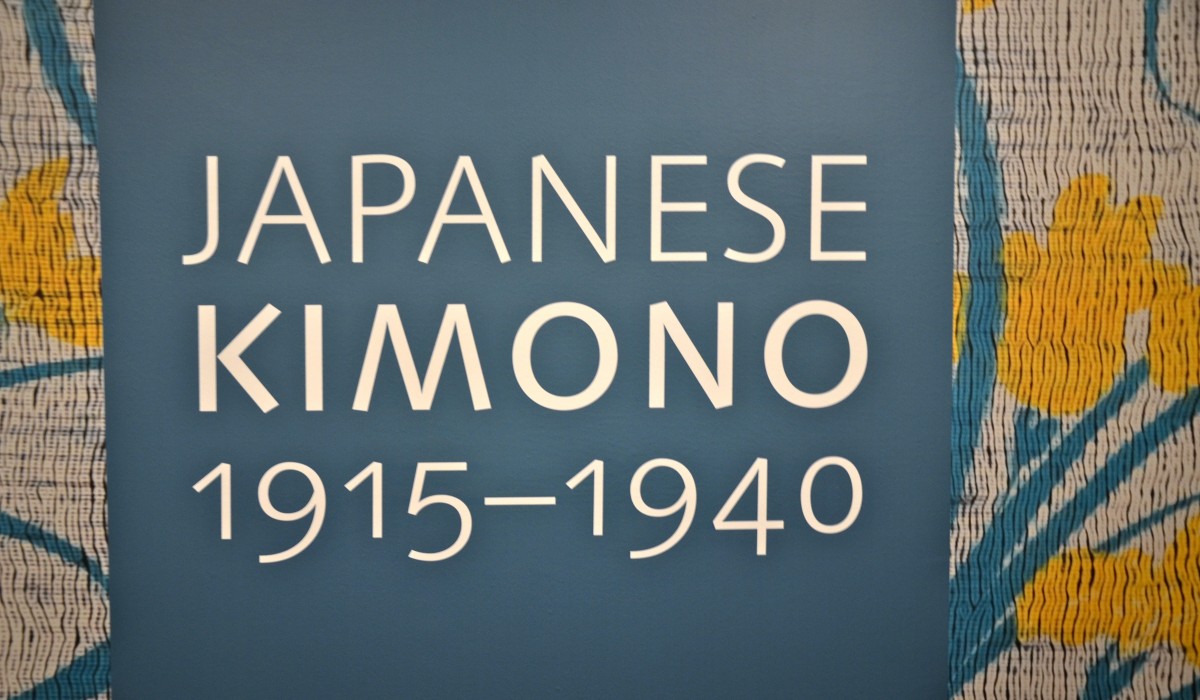












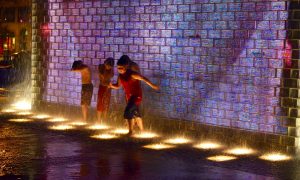
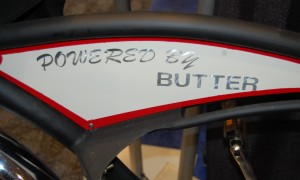
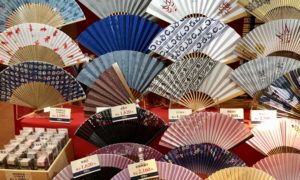
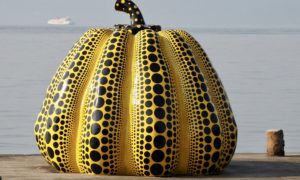
Comments
4 Commentsfancy dress
Nov 6, 2011Kimono is a clothe that symbolizes the rich culture of Japan which they treasure until now. The colorful Kimonos are much better.
Quilters come to Grand Rapids | DesignDestinations
Nov 5, 2012[…] and I were both reminded of the spectacular kimono exhibit we saw in Chicago last year at the Institute of Art. Seeing kimonos repurposed and reused in quilts in a culture so […]
Breathe Deeply: Asian Art Museum Centers on Yoga | DesignDestinations
Feb 4, 2019[…] Art and also the Meditation room. And as always, kimonos are a fav. I’ve enjoyed a couple of exhibits at the Chicago Institute of Art and always love seeing these beautiful garments on […]
Quilters come to Grand Rapids | DesignDestinations
Feb 4, 2019[…] and I were both reminded of the spectacular kimono exhibit we saw in Chicago last year at the Institute of Art. Seeing kimonos repurposed and reused in quilts in a culture so […]